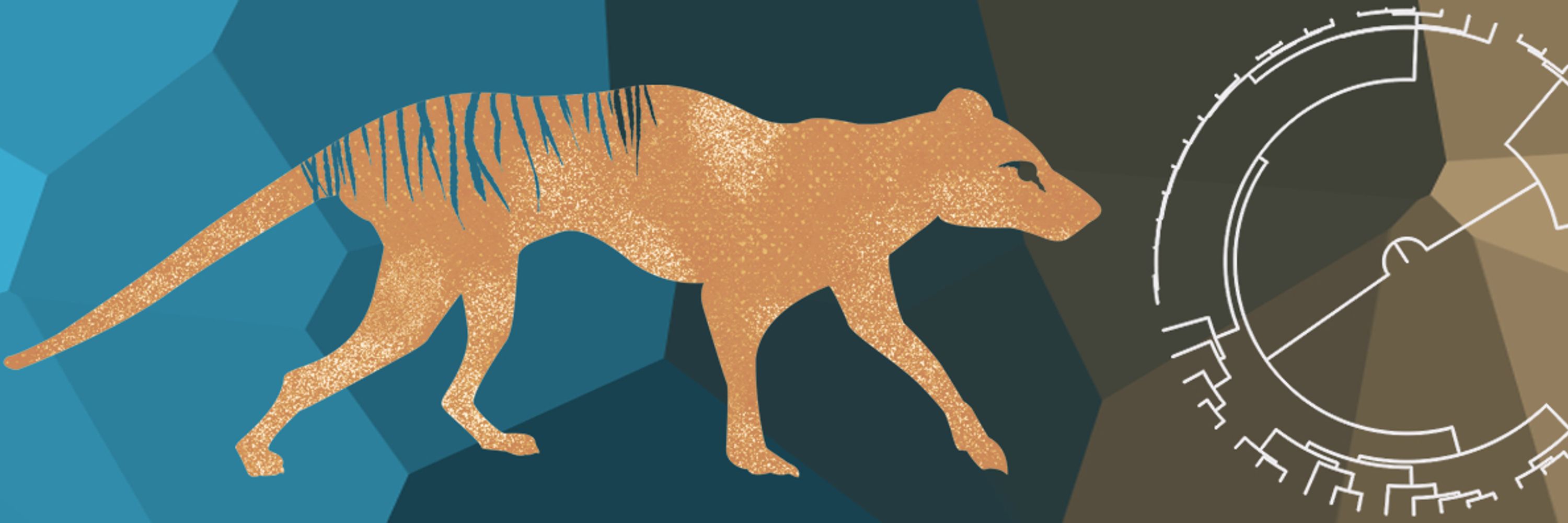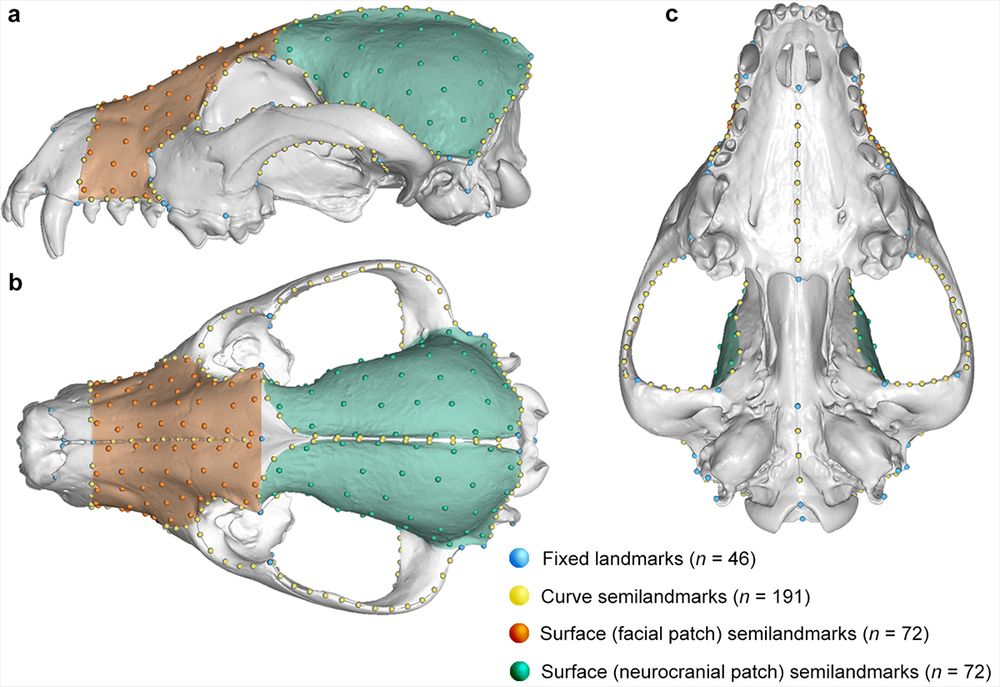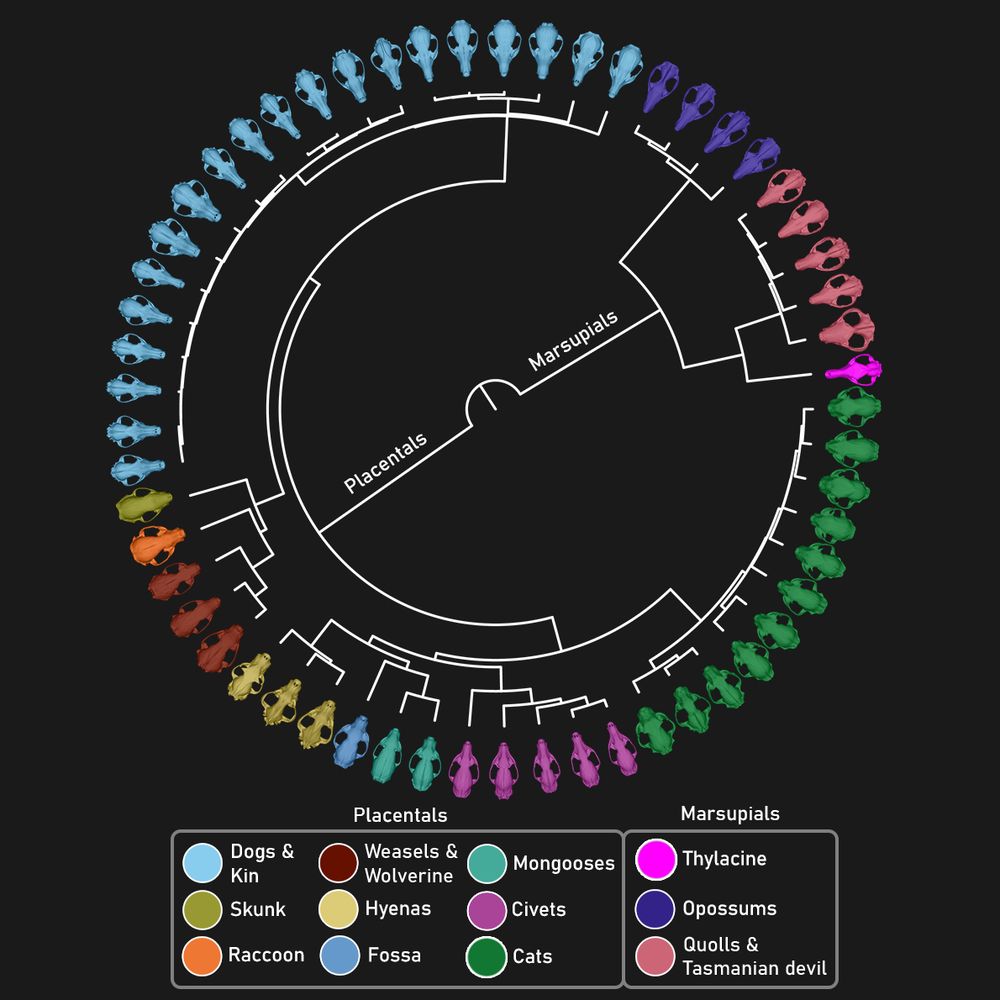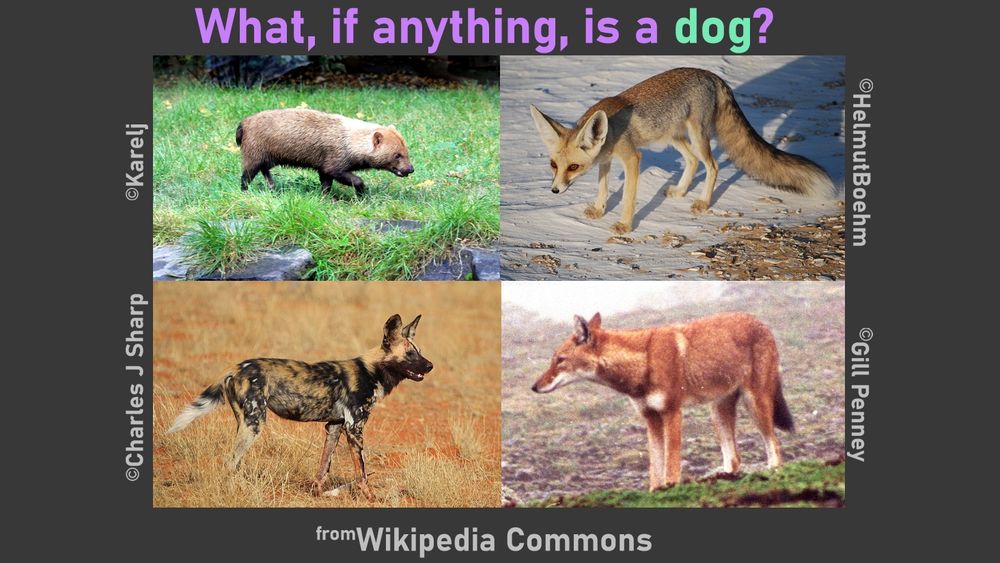
Nikon D7200
Nikkor 200-500mm at 500 mm
ISO-100
f/16
1/60 sec

Nikon D7200
Nikkor 200-500mm at 500 mm
ISO-100
f/16
1/60 sec
This is the band and the album I push on everyone. Fantastic funky, icy, aggressive, electro-rock. They never scored it big, and seemed to have faded away completely, and it’s a shame.
This album is a stunner.

This is the band and the album I push on everyone. Fantastic funky, icy, aggressive, electro-rock. They never scored it big, and seemed to have faded away completely, and it’s a shame.
This album is a stunner.
Polyurethane does not. At all. Ever.
Now people have to pay for “custom shop faux-relic” finishes if they want a guitar that looks (and feels) like it has been played.

Polyurethane does not. At all. Ever.
Now people have to pay for “custom shop faux-relic” finishes if they want a guitar that looks (and feels) like it has been played.
It certainly wasn't just a marsupial wolf.
18/n

It certainly wasn't just a marsupial wolf.
18/n
The thylacine probably hunted relatively small prey & was occupying a very different functional niche than the wolf/dingo.
17/n

The thylacine probably hunted relatively small prey & was occupying a very different functional niche than the wolf/dingo.
17/n
16/n

16/n
BUT I did find strong signals of convergence with 4 other canids - all of which are ecologically very different than the wolf/dingo group.
15/n

BUT I did find strong signals of convergence with 4 other canids - all of which are ecologically very different than the wolf/dingo group.
15/n
The thylacine has 'moved' away from other marsupials & is hanging out near Dog Land. But closest to whom?
14/n

The thylacine has 'moved' away from other marsupials & is hanging out near Dog Land. But closest to whom?
14/n
I also used two different tests of convergent evolution. Using two tests instead of one let me 'triangulate' a more precise answer where the results overlapped.
13/n

I also used two different tests of convergent evolution. Using two tests instead of one let me 'triangulate' a more precise answer where the results overlapped.
13/n
The two main groups of animals (placentals and marsupials) have had a lot of time to evolve differently, so I made a protocol that would work for both groups.
12/n

The two main groups of animals (placentals and marsupials) have had a lot of time to evolve differently, so I made a protocol that would work for both groups.
12/n
I also gathered up a range of ecologic info: diet, prey size, body mass. I had to understand all the comparatives!
11/n

I also gathered up a range of ecologic info: diet, prey size, body mass. I had to understand all the comparatives!
11/n
Hundreds of 'em.
10/n

Hundreds of 'em.
10/n
What was the case with the thylacine; where did it really fit, with whom, and how closely?
9/n

What was the case with the thylacine; where did it really fit, with whom, and how closely?
9/n
The thylacine has often been compared to the grey wolf or the dingo, but these are ecologically rather distinct within canids.
Canids are actually very diverse & disparate, with <35 species!
7/n

The thylacine has often been compared to the grey wolf or the dingo, but these are ecologically rather distinct within canids.
Canids are actually very diverse & disparate, with <35 species!
7/n
Helpful for the thylacine, since we don't have any observational data for them - only anecdotes & notes on captive animals!
5/n

Helpful for the thylacine, since we don't have any observational data for them - only anecdotes & notes on captive animals!
5/n
If a #fossil animal has many of the same features as an unrelated living one, we can hypothesis that they were ecologically similar.
4/n

If a #fossil animal has many of the same features as an unrelated living one, we can hypothesis that they were ecologically similar.
4/n
They do, however, look a lot like the placental canids (wolves, dogs & relatives) - a group separated by over 120 million years!
2/n

They do, however, look a lot like the placental canids (wolves, dogs & relatives) - a group separated by over 120 million years!
2/n
*the other cat couldn't care less and just wanted breakfast.
They aren't harmful, but don't like being touched by gross human fingers; I try to limit their stress of capture.

*the other cat couldn't care less and just wanted breakfast.
They aren't harmful, but don't like being touched by gross human fingers; I try to limit their stress of capture.
This helps us build a better picture of the thylacine, their ecology, and the ecosystem they lived in.

This helps us build a better picture of the thylacine, their ecology, and the ecosystem they lived in.
This is ecologically important, since predators smaller than ~21 kg almost always hunt animals less than half their size. Predators larger than that almost always hunt animals equal to or larger than themselves.

This is ecologically important, since predators smaller than ~21 kg almost always hunt animals less than half their size. Predators larger than that almost always hunt animals equal to or larger than themselves.
I found that the limb-based estimates matched our volume-based estimates.
But the dental equations were high; not surprising, since they were built assuming the thylacine weighed ~30 kg!

I found that the limb-based estimates matched our volume-based estimates.
But the dental equations were high; not surprising, since they were built assuming the thylacine weighed ~30 kg!
To this I added limb-based metric estimates of their weights, because we have a lot more pieces than full mounted skeletons.

To this I added limb-based metric estimates of their weights, because we have a lot more pieces than full mounted skeletons.
The taxidermy specimens would be easy - just get the volume and do some basic math (Volume = Mass/Density).
But what about the skeletons?

The taxidermy specimens would be easy - just get the volume and do some basic math (Volume = Mass/Density).
But what about the skeletons?
This beautiful girl was scanned with our lab's @artec3d.bsky.social Space Spider.

This beautiful girl was scanned with our lab's @artec3d.bsky.social Space Spider.
There Ben used the @artec3d.bsky.social Leo 3D surface scanner to scan mounted skeletons and even taxidermy mounts.
Digital thylacines!

There Ben used the @artec3d.bsky.social Leo 3D surface scanner to scan mounted skeletons and even taxidermy mounts.
Digital thylacines!

